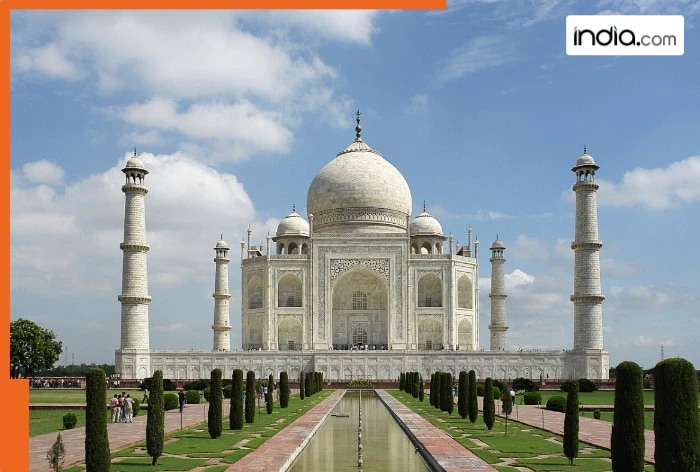New Delhi: When Mughal emperor Shah Jahan built the Taj Mahal for his beloved wife Begum Mumtaz Mahal, the thought behind it was to build the most special and unique tomb in the world, so that future generations could understand and appreciate the beauty of the Taj Mahal along with that of Mumtaz Mahal.
What is the Taj Mahal?
The Taj Mahal is a unique example of exquisite art and is considered a symbol of eternal love. But have you ever wondered why the Taj Mahal was built in Agra, whereas the Yamuna River flows from Delhi to Agra?
We will tell you why Mughal emperor Shah Jahan built the Taj Mahal in Agra and not in Delhi.
When was the Taj Mahal built?
The Taj Mahal, counted among the seven wonders of the world, is one of the most alluring tourist attractions of India. It is visited by millions of tourists who come from all parts of the world. It took about 22 years to build the Taj Mahal.
Its construction work started in 1632 AD, and it was completed in 1653. More than 20 thousand labourers, craftsmen, architects and artisans contributed significantly to the creation of this beautiful piece of architecture. It was built with a lot of hard work, which makes it a supreme architectural masterpiece.
Why was the Taj Mahal built only in Agra?
There were many reasons behind the Taj Mahal being built only in Agra.
We will tell you the three main reasons why Shah Jahan chose this city:
- Agra was mainly the capital of the Mughal Empire at that time, and Shah Jahan’s court was also there.
- A place on the banks of the Yamuna River was suitable, a supply of marble, and the availability of skilled artisans were also the main reasons for the Taj Mahal being in Agra.
- The flow of the Yamuna River in Agra was appropriate, which makes the Taj Mahal beautiful, and this water does not cause any damage to the building.
How does the Taj Mahal protect itself from flooding and erosion?
According to a historian, Shah Jahan had deliberately chosen a place to build the Taj Mahal on the banks of the Yamuna in Agra, because the bend of the Yamuna River protects the Taj Mahal from flood or erosion. Later, Shah Jahan changed his capital and transferred it from Agra to Delhi, but the Taj Mahal remained in Agra, and even today, it is counted as one of the seven wonders.
